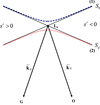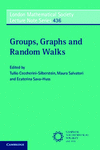issue contents
September 2018 issue

Cover illustration: Three-dimensional X-ray diffraction (3DXRD) data for a shape memory alloy (SMA) before and during deformation (red = austenite, green = martensite); the results reveal both strengths and weaknesses of long-accepted micromechanical theories of martensitic transformations [Bucsek et al. (2018). Acta Cryst. A74, 425-446]. The 3DXRD techniques and analyses presented in this work provide non-destructive means to study the mysteries of complicated microstructure evolution occurring underneath the surface of SMAs, as well as other crystalline materials.
advances
scientific commentaries

research papers
 access
access access
accessfoundations
research papers
 access
accessExplicit construction of the Voronoi and Delaunay cells of W(An) and W(Dn) lattices and their facets
 access
accessshort communications
addenda and errata

book reviews



 journal menu
journal menu









































